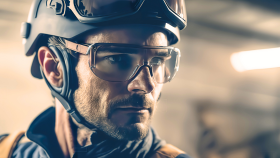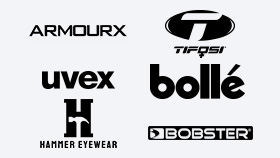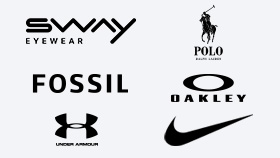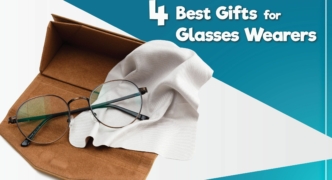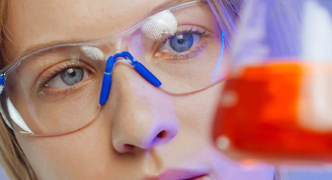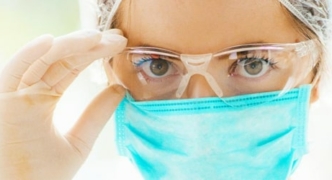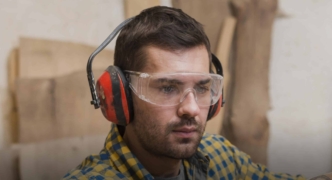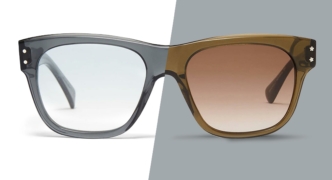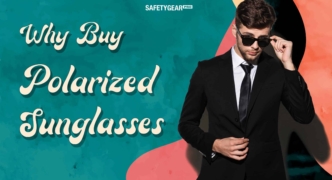When Should Laboratory Safety Goggles Be Worn?
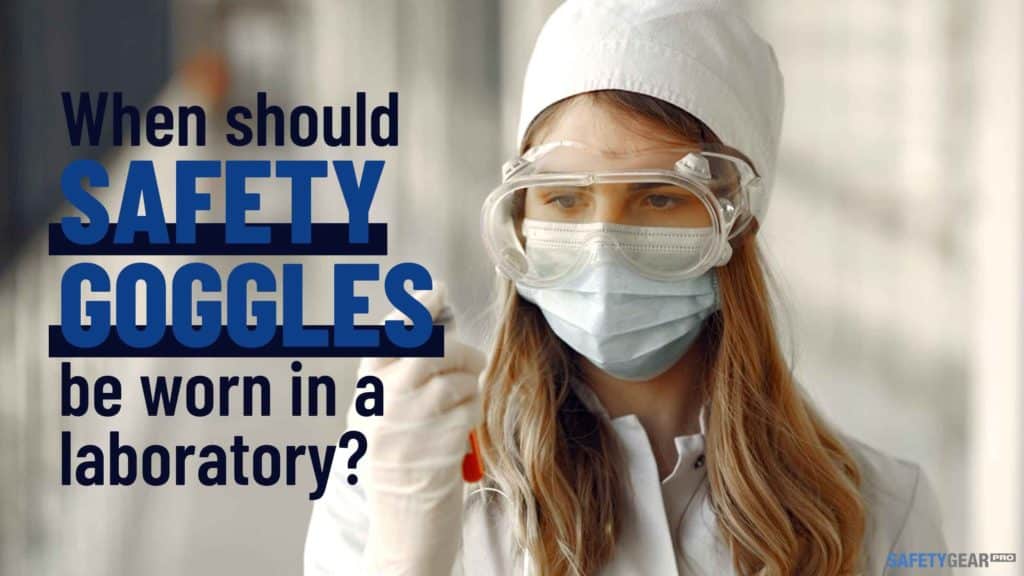
The short answer is that safety goggles should be worn any time you are working with substances that could potentially harm your eyes. Your vision is a precious asset that needs to be protected while working in the lab or any other setting. For many professionals, the Occupational Safety and Health Administration requires face protection. However, proper eyewear is equally important for amateurs.

Situations That Require Protective Eyewear
As mentioned above, safety glasses or goggles should be worn whenever there is a risk to the eyes. These are some types of hazards that you need to be aware of:
Flying Objects: These are anything that may impact your face. This may include glass, wood, metal or any equipment.
Fine Particles: This includes dust, dirt or any hazardous small particles. For example, if you are cutting something to get a sample, you likely need safety glasses.
Radiation: Anytime you are dealing with optical radiation, you need eyewear with appropriate filtering. Examples of this include visible light, ultraviolet light, infrared and lasers.
Splashes: If you are working with anything that could splash in your eyes, wear protection. This is especially important if the substance is caustic, acidic or basic. However, it is best to be cautious even with seemingly harmless chemicals.
Fumes: Some lab work produces fumes that could get into your eyes. In the same way as splashes, it is important to use caution. Pay special care with anything heated.
Biological Substances: If you are working with blood or any other biohazardous substance, use eye protection. The eyes can be vectors for diseases such as hepatitis and HIV.
There is a wide array of situations that require eye protection. In general, it is better to be careful than reckless with personal protective equipment in the lab. This is as true for lab safety goggles as for anything else.
OSHA’s Rules
OSHA’s rules for eye and face protection mostly line up with the above guidelines. The relevant regulation states that “[the] employer shall ensure that each affected employee uses appropriate eye or face protection when exposed to eye or face hazards from flying particles, molten metal, liquid chemicals, acids or caustic liquids, chemical gases or vapors, or potentially injurious light radiation.”

There are some additional rules that indicate what type of protection is needed. For example, side guards are required when the hazard is a flying object. It also requires that eye protection for people who need corrective lenses either be prescription safety goggles (or glasses) or that the eyewear be able to fit over traditional prescription lenses.
Order Today
Don’t take risks with your eyes in the lab. Order your safety goggles with or without a prescription from Safety Gear Pro today.
FAQs About Prescription Safety Goggles
Should I Wear Safety Goggles or Safety Glasses?
This is mostly a matter of comfort and preference. Many pairs of safety glasses offer equal or superior protection to goggles. However, goggles with headbands are usually more secure on the face. They may be a preferable choice if you bend over work frequently.
How Do I Order Prescription Lab Safety Goggles?
When you select a pair of goggles from Safety Gear Pro, choose the “prescription lens” option on the product page. Then, click “customize lens.” After this, follow the instructions to choose your lens options. The final stage will let you upload or send your prescription information.
What Does ANSI-Rated Mean?
Some goggles and glasses have been tested by the American National Standards Institute. ANSI standard Z87.1 is the one used by OSHA for its regulations. The standard indicates that the eyewear has met at least the minimum requirements for protective characteristics. There are sub-ratings for impact, particles, splashes and radiation.
Does My Employer Have To Provide Prescription Eye Protection?
Not exactly. Your employer needs to provide either prescription safety eyewear or goggles that can fit over regular eyeglasses. You have a right under OSHA’s regulations to have eye protection and be able to see clearly. However, how that is achieved is up to your employer.
What Are the Best Lab Safety Goggles?
The best goggles are the ones that provide the protection you need while being comfortable. Look at the ANSI rating information on our product pages. This indicates whether goggles have been tested for impact, fine particles, splashes and/or radiation. This information is also marked on the side of any ANSI-rated goggles.
Related Articles
- Lab Safety & 3 Must-Have Lab Safety Products
- What Does ANSI Certified Mean?
- Why Is Wearing Safety Glasses Important?
- How Employers Can Prevent Vision Related Injuries at Work?
- PPE Equipment for Low-Visibility Conditions
- Potential Eye Hazards at Work and Ways to Protect Your Eyes from Injury
- Best Prescription Safety Eyewear of 2020
